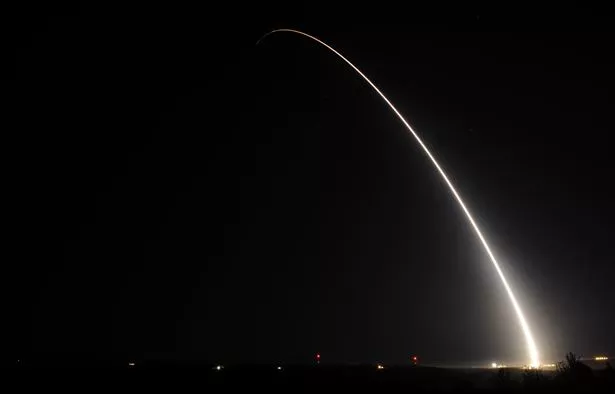
If you’re prepared for ghosts, ghouls and goblins this Halloween, you might want to also consider zombies...satellites that is.
Deep in outer space, where machines orbit the Earth, they share the sky with the un-dead. Can these historic satellites come back to life?
How Do Satellites Die?
After a satellite completes its useful life and has reached its fuel capacity it can be sent to its death in two ways. It either falls back into Earth’s atmosphere, only to reach a fiery death as it burns up on atmosphere re-entry. For satellites orbiting close to Earth, operators lower the orbit of a decommissioned satellite so that it will naturally re-enter the atmosphere within 25 years (known as the “25-year Rule”). As the satellite begins to fall back toward Earth and loses altitude, the compression and friction in the dense region of the atmosphere closest to the Earth generates a lot of heat which breaks up and burns most of the satellite machinery.
Or, if the satellite has enough fuel, it can fly back through the atmosphere and be crashed into the ocean. Newer ‘low earth orbiting’ satellites like NOAA/NASA Suomi NPP, have enough fuel to safely deorbit them back into the ocean. This method is preferred as it avoids the less predictable re-entry process.

But not all satellites end their lives this way, some spend the after-life in the ‘graveyard orbit’.
Satellites in high orbits, such as NOAA’s Geostationary Operational Environmental Satellites (GOES) orbiting 22,300 miles above the Earth, would require too much fuel to slow down enough to safely re-enter our atmosphere, significantly cutting into their operational life-spans.
Instead, these satellites perform one final fuel burn, sending them into graveyard orbits. Current U.S. guidelines require a spacecraft to be raised to an orbit at least 300 km higher, well out of the way of the busier operational orbits below.
The most recent NOAA satellite put to rest in a graveyard orbit was GOES-12. The final maneuver occurred in August 2013, after 3,788 days in service.
Can Zombie Satellites Come Back to Life from the Graveyard Orbit?
Once satellites reach this final orbit their instruments and subsystems are shut down, the remaining fuel is depleted and they are left to orbit in peace. At that point the satellite ceases its communication with Earth.

While some satellites, like NOAA’s GOES-3, can have multiple lives (GOSE-3 was reassigned from a weather satellite for use a communication satellite in the 1990s), once a satellite reaches the Graveyard Orbit their service is complete.However, in 2013 a man named Phil Williams, an amateur radio astronomer in the UK, picked up a signal that was traced to LES1 - a satellite in the Graveyard Orbit which had launched almost 50 years earlier in 1965.Southgate Amateur Radio News reported that the signal faded in and out which gave a “particular ghostly” sound as it “tumbled end over end”It is unknown why the zombie satellite sent signals to Earth, but these un-dead satellites do not pose a threat to us and they will eventually meettheir end.